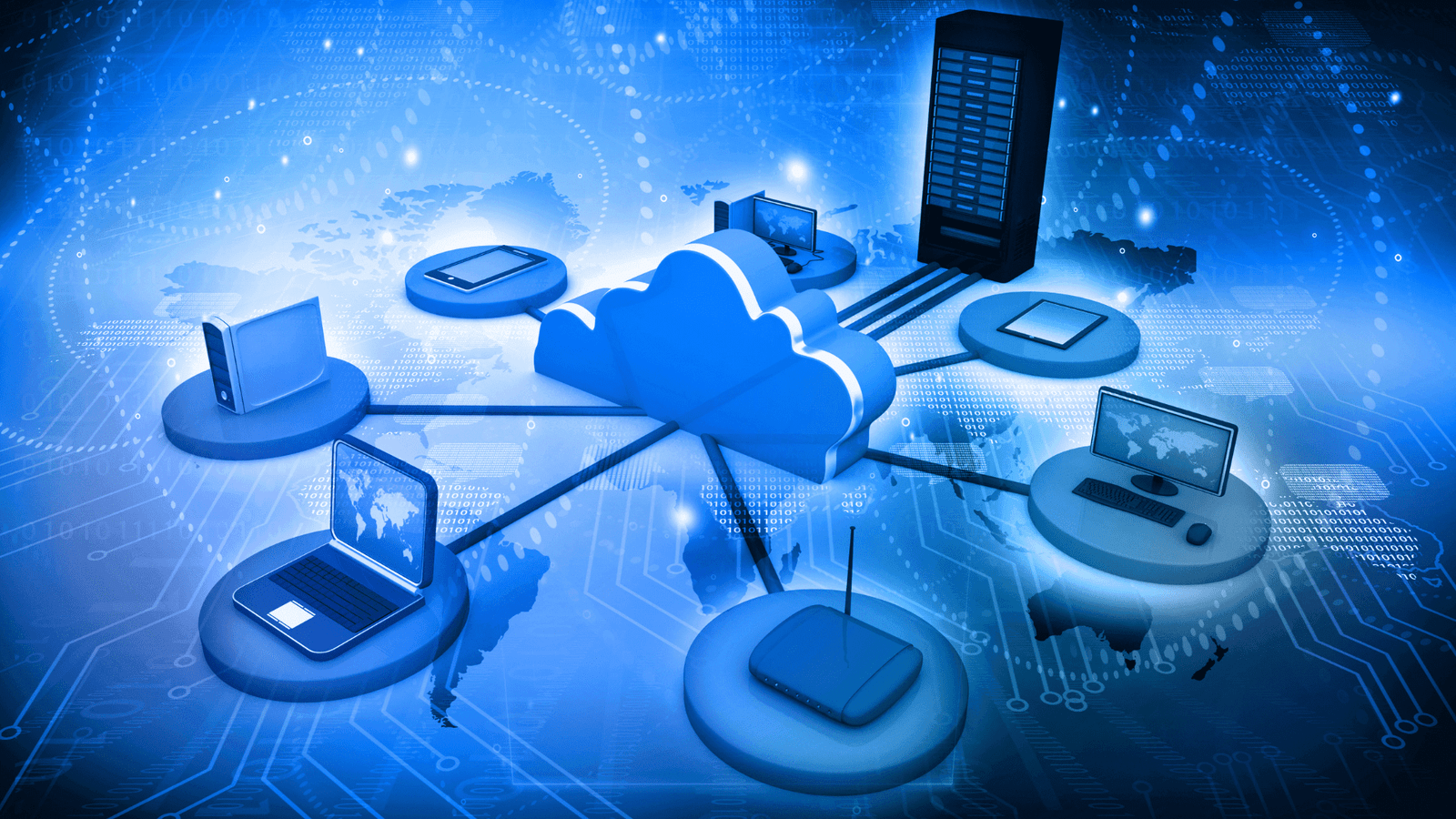In today’s fast-paced digital economy, technology plays a critical role in driving business success. From data analytics and cloud computing to cybersecurity and AI-driven tools, businesses now rely on computing systems more than ever. Business Computing World represents not just a concept, but a global movement where business and technology intersect to innovate, compete, and grow.
What is Business Computing?
Business computing refers to the use of computer technologies, software applications, and digital systems to solve business problems, streamline operations, and support decision-making. It encompasses everything from basic office productivity tools to advanced enterprise resource planning (ERP) systems and artificial intelligence platforms.
In essence, business computing is the backbone of modern enterprise infrastructure. It supports departments like:
- Finance: Automated accounting, payroll systems, and budgeting tools
- Marketing: Data driven campaigns, CRM platforms, and social media analytics
- Human Resources: Digital recruitment, employee databases, and onboarding software
- Operations: Inventory tracking, supply chain management, and process automation
Evolution of Business Computing
Business computing has evolved from bulky mainframe systems of the 1960s to today’s cloud-first, mobile-accessible digital platforms. Here’s a quick timeline:
- 1960s-1980s: Mainframes and batch processing systems dominated corporate computing.
- 1990s: The rise of personal computers and client-server architectures allowed decentralized computing.
- 2000s: The internet boom led to web-based business applications and e-commerce platforms.
- 2010s: Cloud computing and SaaS (Software-as-a-Service) revolutionized scalability and cost efficiency.
- 2020s: AI, big data, remote work technologies, and IoT (Internet of Things) continue to redefine how businesses operate.
Key Trends in the Business Computing World
Cloud Computing and Remote Collaboration:
The global shift to hybrid and remote work has made cloud computing essential. Tools like Microsoft 365, Google Workspace, and Zoom enable teams to collaborate from anywhere. Cloud services also provide scalable storage, robust security, and lower upfront costs.
Cybersecurity Awareness:
With more data moving online, cybersecurity threats have become more sophisticated. Business Investment in cybersecurity frameworks, firewalls, multi-factor authentication, and employee training to protect sensitive data and maintain customer trust.
AI and Automation:
Artificial intelligence is transforming business computing by enabling automation of routine tasks, predictive analytics, chatbots, and even decision-making support. AI-powered tools like ChatGPT, Salesforce Einstein, and IBM Watson are helping companies gain insights and serve customers faster.
Big Data and Business Intelligence:
Data is the new oil, and business computing is the refinery. Business intelligence (BI) tools like Tableau, Power BI, and Qlik help organizations visualize and analyze vast data sets, guiding strategic decisions and uncovering trends.
Mobile-First and App Ecosystems:
Business is no longer confined to desktops. Mobile apps allow sales teams to close deals on the go, managers to approve workflows, and employees to log hours from their phones. The mobile-first approach has reshaped software development and UX design in business computing.
Benefits of Embracing Modern Business Computing
- Increased Efficiency: Automation of repetitive tasks saves time and resources.
- Improved Accuracy: Digital systems reduce human error in calculations and data entry.
- Faster Decision-Making: Real-time data access enables quicker responses to market changes.
- Enhanced Collaboration: Cloud platforms and communication tools improve teamwork across locations.
- Cost Savings: Cloud-based models reduce capital expenditure and maintenance costs.
- Scalability: Easily adjust infrastructure as business grows or changes.
Challenges in the Business Computing Landscape
While the opportunities are vast, businesses must also navigate challenges:
- Data Security & Privacy: Ensuring compliance with regulations like GDPR and HIPAA is critical.
- Integration Issues: Merging legacy systems with new tech can be complex.
- IT Skills Gap: The demand for skilled IT professionals often exceeds supply.
- Change Management: Employees may resist adopting new tools or workflows.
Future of Business Computing
Looking ahead, the Business Computing World is set to become even more intelligent and interconnected:
- Edge Computing will process data closer to the source, improving speed and efficiency.
- Quantum Computing may eventually solve problems previously thought impossible.
- Green IT and sustainable computing practices will reduce environmental impact.
- Personalized AI will offer more adaptive and context-aware software experiences.
Businesses that stay updated and agile in their computing strategies will be best positioned to thrive.
How to Get Started
If you’re a business owner or manager looking to improve operations through computing, start with these steps:
- Assess Needs: Identify pain points or inefficiencies in current workflows.
- Research Solutions: Look for modern, scalable platforms that align with your business size and industry.
- Consult Experts: Work with IT consultants or firms that specialize in digital transformation.
- Train Staff: Invest in digital literacy and change management to ensure successful adoption.
- Monitor and Adapt: Use KPIs and performance analytics to measure success and adjust strategies accordingly.
Conclusion
The Business Computing World isn’t just a niche for IT professionals it’s a thriving, ever-evolving environment where every business can find opportunity, efficiency, and growth. Whether you run a startup or a multinational corporation, leveraging the power of computing is no longer optional it’s essential for survival and success in the modern world.

